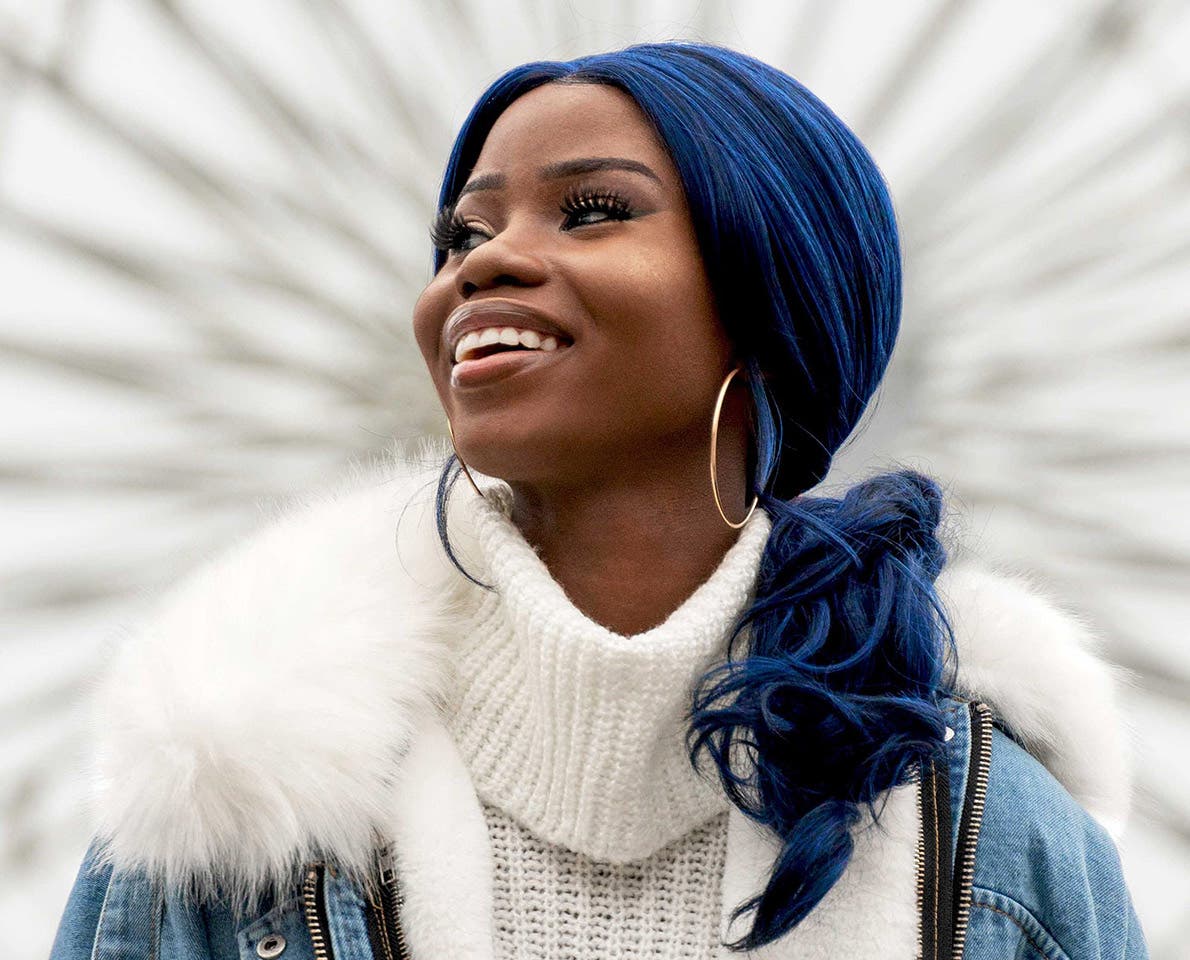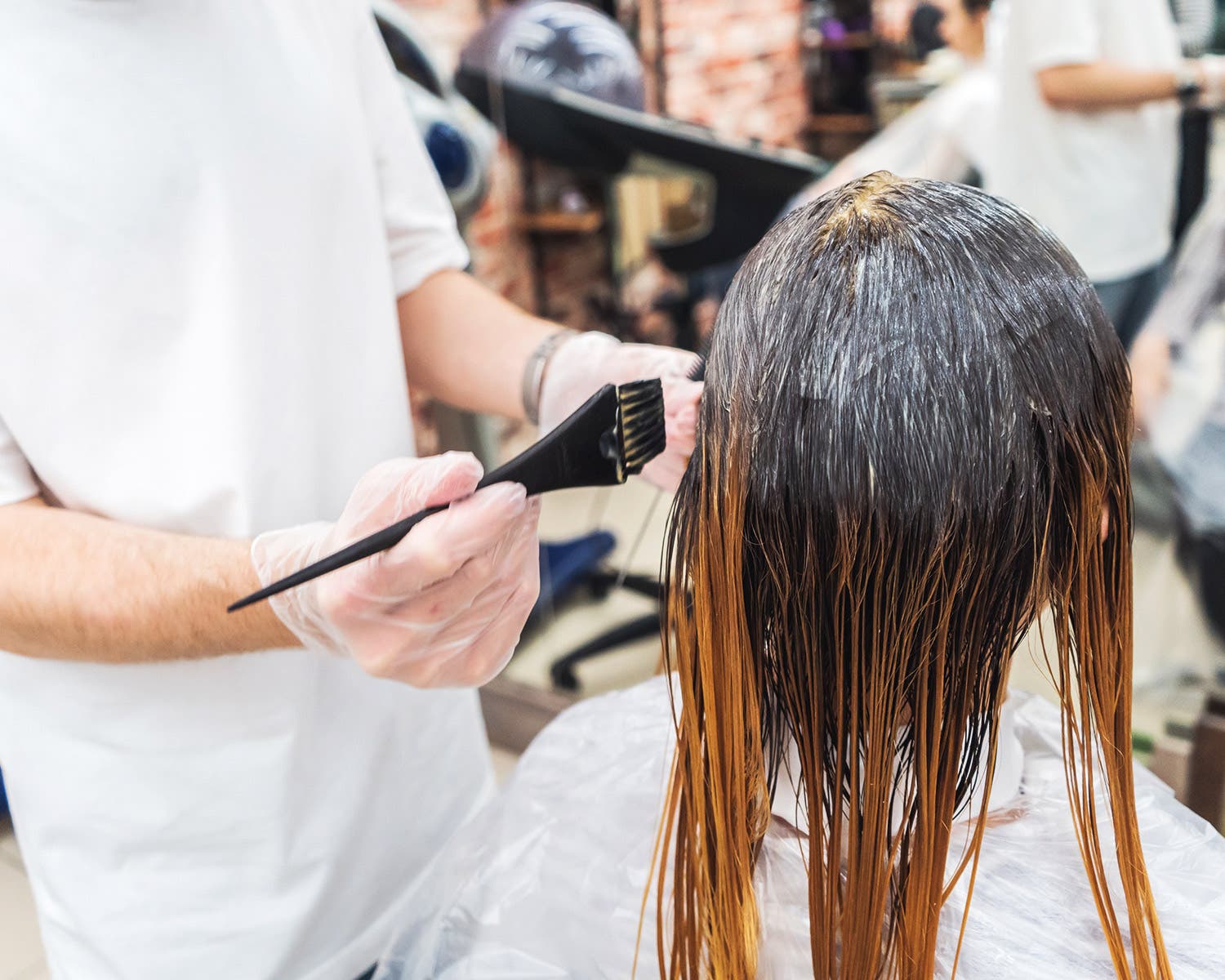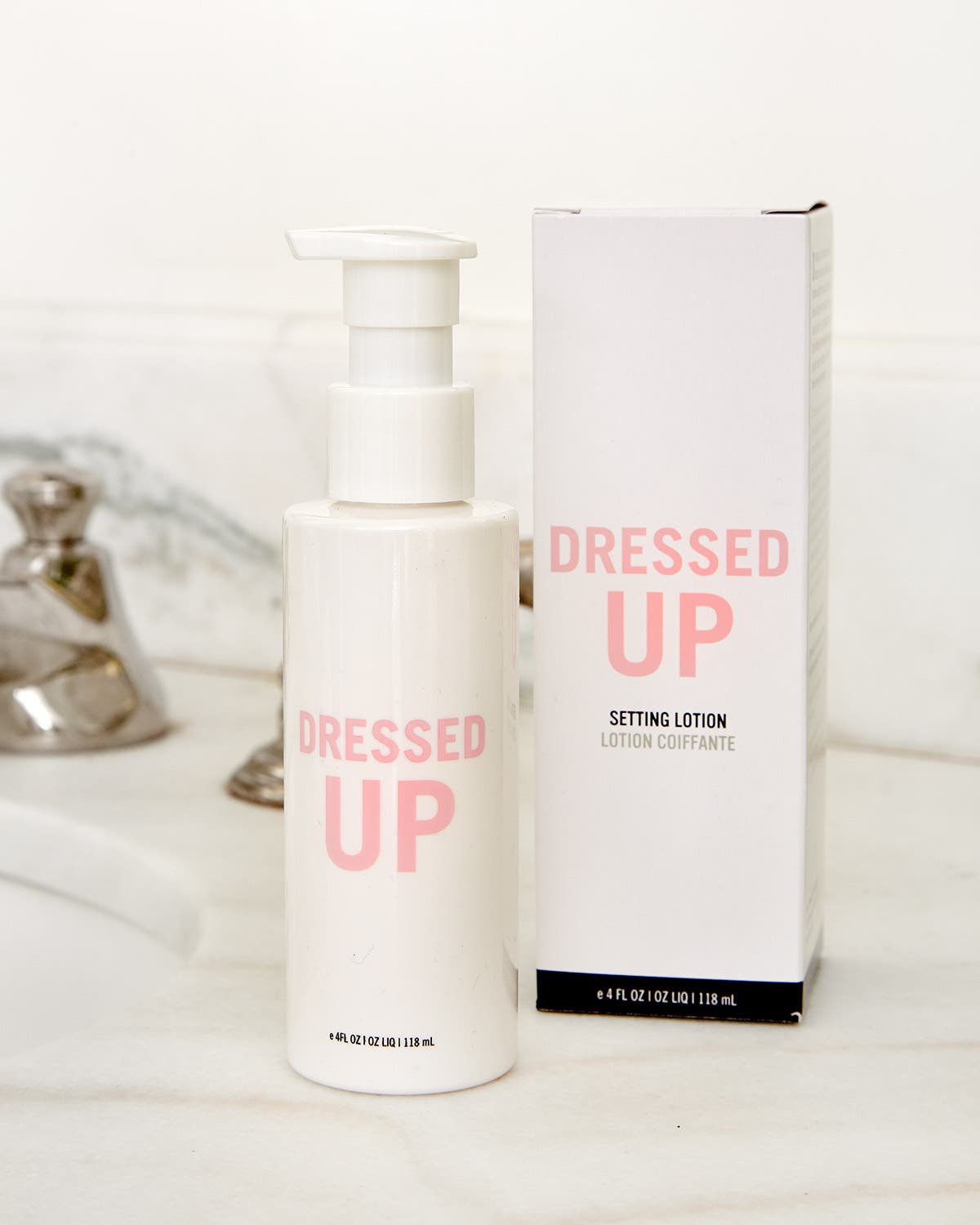How Often Can Hair be Dyed Without Damage?

As the season changes and fall approaches, we’ve received many questions about changing hair color. How often can you dye your hair color – or maintain one – is a great question to ask when concerned with your color-treated hair health
Today’s innovations in hair dye technology mean that altering or enhancing your natural hair hues needn’t be inherently damaging, but how often it’s done depends on how it’s done – and how you care for it between salon hair coloring appointments with the right hair wash and maintenance. The good news is that there’s no reason why dyed hair can’t stay in brilliant shape.
1. The Hair Color Methods
How often can you dye your hair safely?
The long and short of permanent vs semi vs demi permanent is this:

Re-dying the entire length of your hair can be done safely about every 8 weeks, but if you simply want to make a tonal change – warm it up or cool it down – there are less permanent and non-damaging – options.
The frequency of root touch-ups depends on how long you can tolerate seeing your re-growth, and since they are performed on “virgin” hair, frequency is at your discretion. Keep in mind that the average growth rate is a half an inch every month.
Re-dying the entire length of your hair can be done safely about every 8 weeks, but if you simply want to make a tonal change – warm it up or cool it down – there are less permanent – and non-damaging – options such as glazes or toners in the semi-permanent color category (more below).

It is only potentially damaging to blondes achieved with constant bleaching. I recommend waiting up to 3 weeks if necessary for touch-ups, but otherwise, I recommend they let their hair ‘breathe’ until the next full service. Otherwise, demi-permanent color isn’t harsh on brunettes and reds, and since bleach is rarely involved, they can come in often without concern – though it’s not usually necessary.
If it’s simply used to blend grays, I say 4 weeks is a good interval. I also use it to give shine and dimension by using it every 6 to 7 weeks, or just about the average time between haircut appointments when I will do both. If I’m using it to correct color, it can be done sooner than 4 weeks after the initial service, but I pay extra attention to keeping the hair healthy throughout the process.
2. Color Maintenance and Hair Health
Since permanent color is a chemical process that occurs inside the hair fiber, it can break a number of the structural bonds (disulfides) that hold the protein strands together and can leave your color treated hair brittle, porous, and more damage-prone. The more often you color your hair, the more protein you lose, and it can become challenging to comb, style, maintain, and the likelihood of split ends increases.
A couple of tips for dyed hair to stay healthy:
Tip #1: Pick a color-safe washing and conditioning option.
Wash and condition with products designed to do the job safely and gently. New Wash is color-treated hair’s BFF because it contains no damaging detergents that strip your hair of its color. It also conditions while it cleanses, and helps you preserve your natural oils that hair struggles to be healthy without.
Tip #2: Always use a heat protectant.
Adding thermal insult to chemical injury is a recipe for hair disaster. If you’re in the habit of blow-drying or using a curling or straightening iron, please, pretty please, use a product that insulates your strands from the heat and keep it from drying out or worse, getting scorched.
Dressed Up applied to damp hair before the thought of a blow-dryer enters your head is the way to go, as it also adds a soft hold, and supplements some of the moisture you’re sure to lose.

Tip #3: Try moisturizing oils.
Pure oils can be effective frizz-fighting salves for dry hair. Covington-Bowers recommends olive oil alone or as a base for almond, amla, black castor, or coconut oil. All have natural properties that penetrate strands to help repair and prevent additional damage.
Just make sure you aren’t allergic first by dabbing a tiny amount on your skin and be watchful for a reaction like redness or itching,” she cautions. “In fact, before trying any new product, test it on a small section of hair first and watch how it responds.
So go forth and color, but keep in mind that all that fun that blondes are purported to have can be spoiled with too much bleach. So stay safe and listen to your colorist: your hair health – and their hard work are always their first concerns.
* * *
Sources:
1. The Science of Hair Coloring. Thought Co. URL.
Accessed October 7, 2020.
2. What is permanent haircolor & is it right for you? 4 popular myths debunked. Redken. URL. Accessed October 7, 2020.




